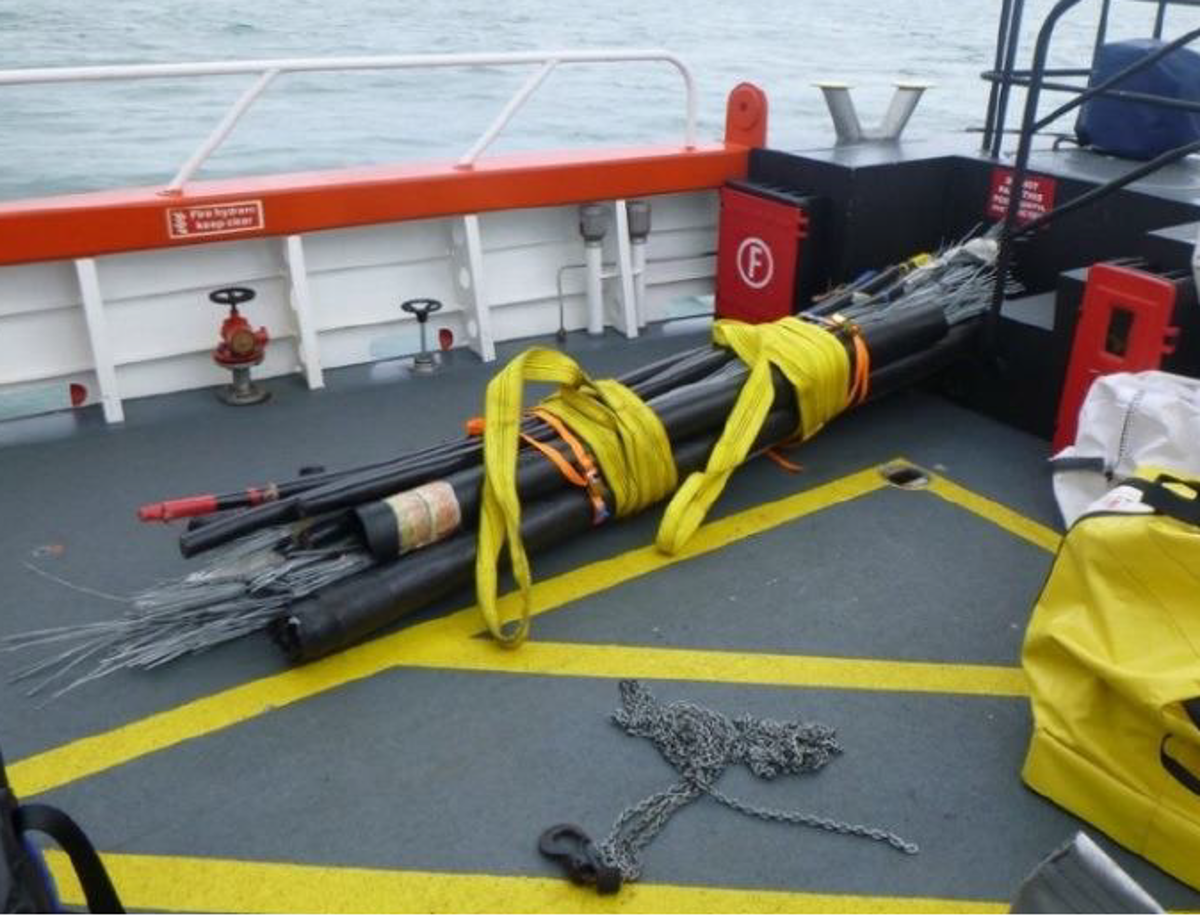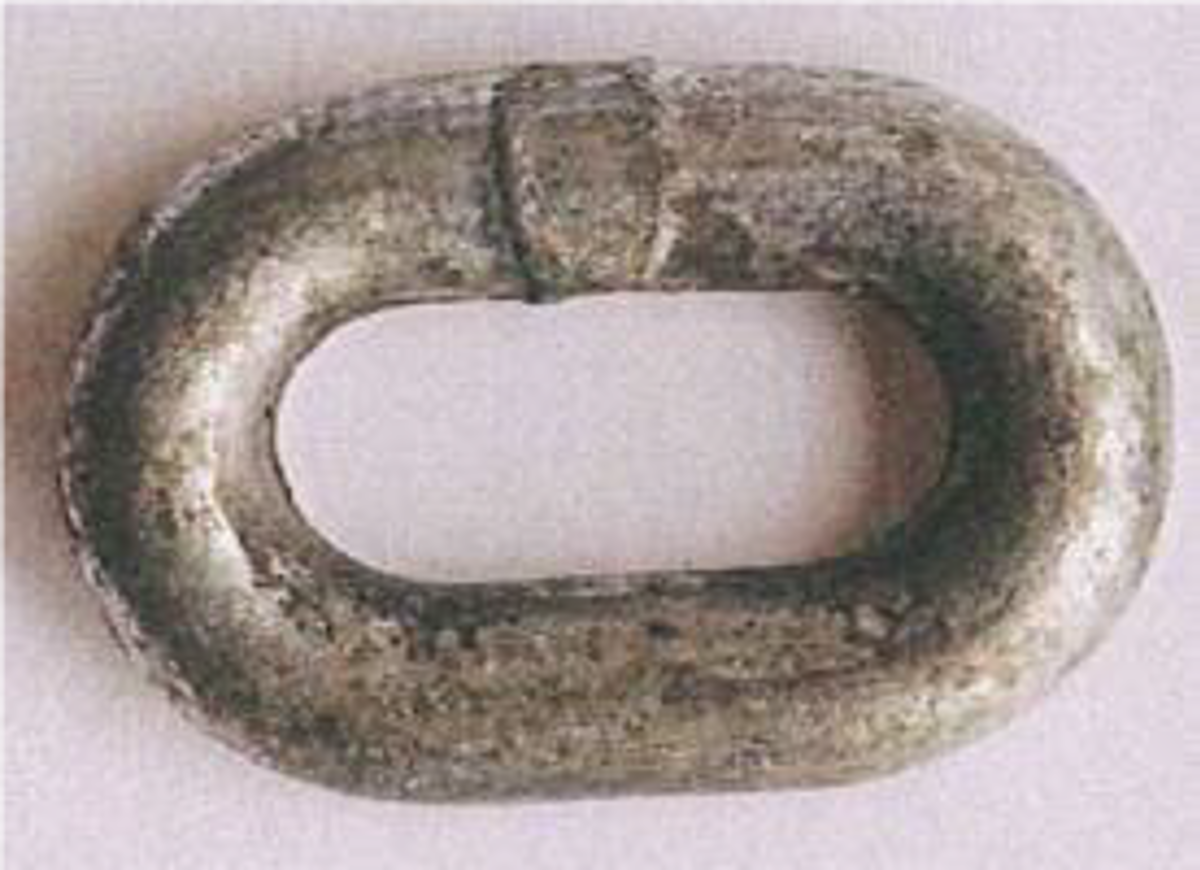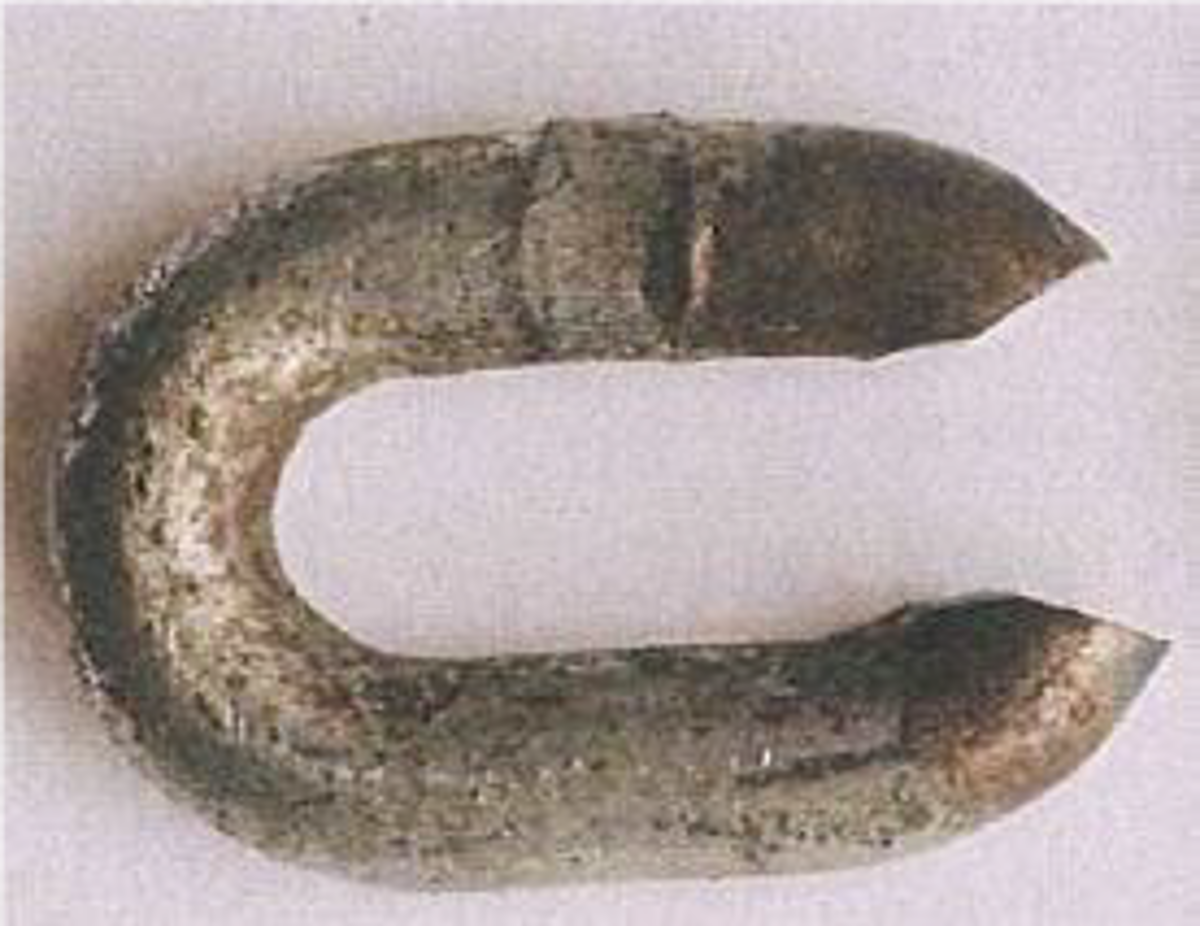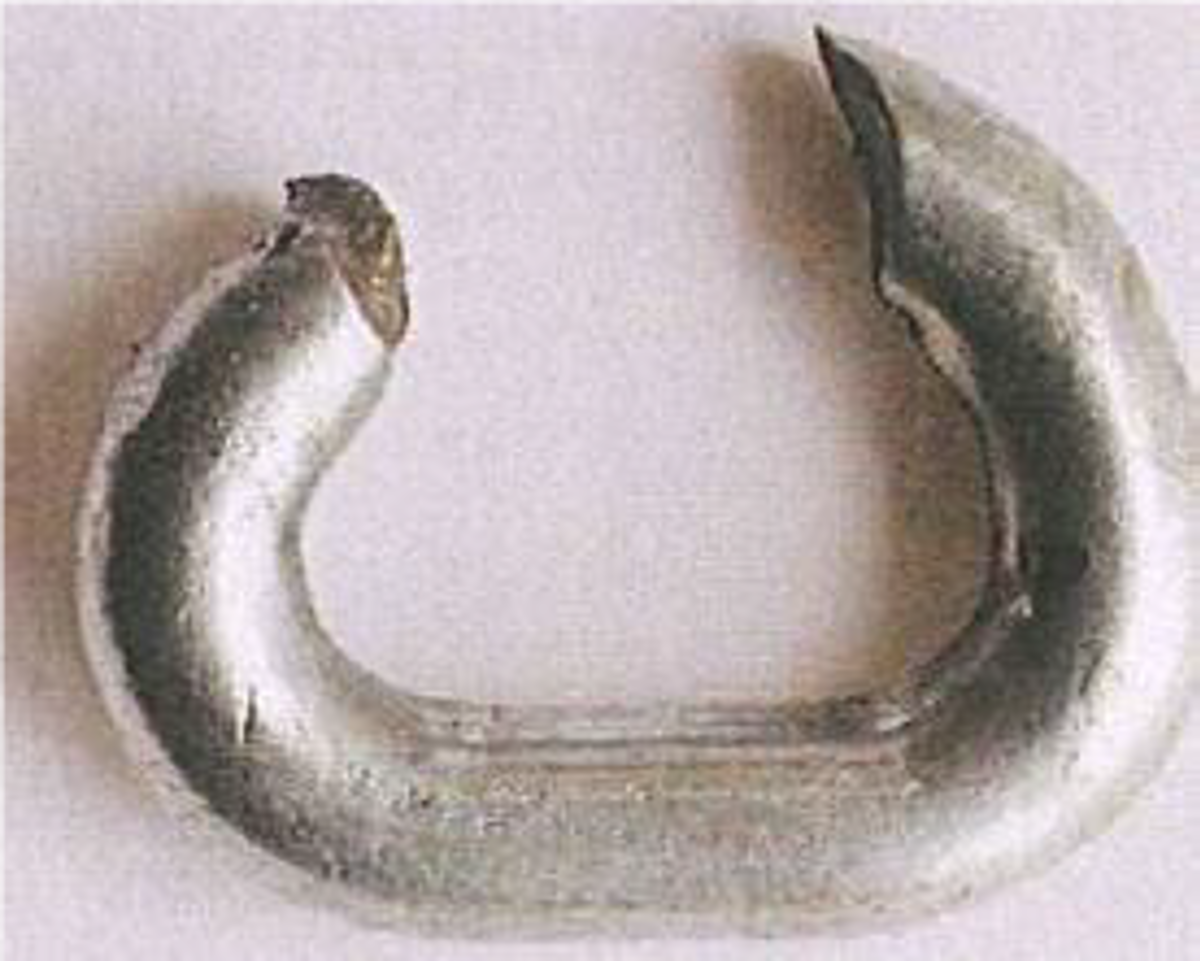Dropped load and failed chain
- Safety Flash
- Published on 17 March 2020
- Generated on 29 April 2025
- IMCA SF 10/20
- 2 minute read
Jump to:
A chain link failed, causing a load of over 260 kg to fall 1.5 m to deck.
What happened?
The incident occurred during transfer of a bundle of scrap cable, when a chain link snapped causing the load to fall the last 1.5 m to deck.
The load weight was estimated to be between 260 and 390 kg. The failed chain link was approximately 10.5 m from the hook.
As per correct lifting practices, no people were near the load during the lift.
There were no injuries and no damage.


Original link

Link after break load testing

Failed link from incident
What went wrong?
Our member’s investigation noted the following:
- The most recent inspection of the chain hoist was 3 months prior this incident.
- At the time of the occurrence, the chain link that failed was in the vertical plane and mid-air – the failure was unexpected and not caused by any torque, friction, tension or bending.
- The chain was at approximately 12% of its theoretical lifetime. Post-incident break load testing showed an actual break load of the chain of 3400 kg. Metallurgic and fracture investigation were conducted on the actual chain.
- The failed link showed to have had an external impact on the weld side, which caused weakening of the structure by approximately 90%. This caused a failure mechanism different from normal overload breaking.
What lessons were learned?
- Regular visual inspections of your lifting gear.
- Be aware that any external impacts on lifting gear may have a negative impact on its strength.
- Any damage spotted on lifting equipment should be reported and when necessary, such equipment quarantined and re-inspected.
Related Safety Flashes
-
IMCA SF 21/16
10 August 2016
-
IMCA SF 21/16
10 August 2016
-
IMCA SF 11/15
10 August 2015
IMCA Safety Flashes summarise key safety matters and incidents, allowing lessons to be more easily learnt for the benefit of the entire offshore industry.
The effectiveness of the IMCA Safety Flash system depends on the industry sharing information and so avoiding repeat incidents. Incidents are classified according to IOGP's Life Saving Rules.
All information is anonymised or sanitised, as appropriate, and warnings for graphic content included where possible.
IMCA makes every effort to ensure both the accuracy and reliability of the information shared, but is not be liable for any guidance and/or recommendation and/or statement herein contained.
The information contained in this document does not fulfil or replace any individual's or Member's legal, regulatory or other duties or obligations in respect of their operations. Individuals and Members remain solely responsible for the safe, lawful and proper conduct of their operations.
Share your safety incidents with IMCA online. Sign-up to receive Safety Flashes straight to your email.